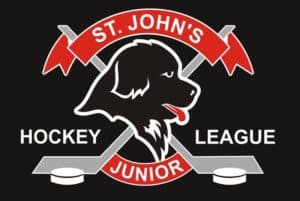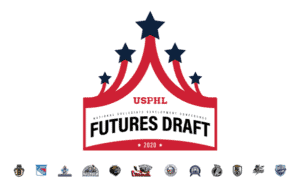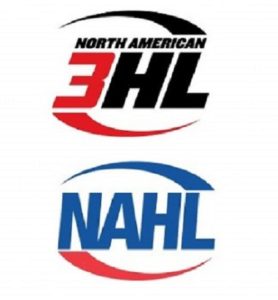
Junior Hockey Leagues with College Advancements
Each month TJHP will be publishing updates of the NCAA Division I commitment data, with the goal of compiling the only set of data that memorializes where players are playing WHEN they make their commitment.
As we covered last month, new NCAA rules will be limiting the time-frame during which a player can make a commitment and during which a player or coach can communicate.
Prior to these new rules, coaches could communicate with a player and verbally offer a scholarship or commitment to a roster spot at any age, provided the player initiated the conversation.
New rules restrict communication between players and coaches until Jan. 1 of a player’s sophomore year in high school. Commitments cannot be made until August prior to a player’s junior year in high school. These rules will tighten up the data, but a player may still have four years of hockey left after making his commitment.
The traditional commitment tracking sources, like College Hockey Inc., and Chris Heisenberg’s List, reflect player data with current teams listed. So if a player makes a commitment while playing 16U AAA, for example, the 16U AAA team will only be listed that season. If that player plays 18U AAA the next year, for example, the commitment will reflect that, then the same data updates again when he plays Juniors.
For many years the notion has been that United States Hockey League (USHL) players show up in that league with a commitment already in hand. The USHL is undoubtedly the runaway leader for NCAA Division I advancement — meaning matriculating directly from USHL to NCAA Division I — but our data will eventually show if there is truth to the aforementioned notion.
As the graphic in this story shows, the USHL is still the leader with 56 of the 262 NCAA Division I commitments since July 1, 2019. It will be interesting to see what this data looks like on June 30, 2020 as commitments can still be made as early as four years in advance if a player ages out of Juniors before college.
We will also be tracking all NCAA Division I freshmen data, same as we track for NCAA Division II/III data, to reflect from which programs and which leagues players directly advance. That information for 2019-20 will be released Thursday, November 28.
TJHP defines “advancement” as players who have actually matriculated to college and appear on an NCAA team’s roster. “Commitments,” while important data to use for researching programs and leagues, are not firm. Our data will reflect only one team per commitment and one team per advancement per player.
Jeff Nygaard is the editor of The Junior Hockey Podcast. He covers Junior and college-bound hockey as a traditional “beat,” in addition to breaking news stories during the course of the year
He has a vast amount of experience on the business and organizational side of the sport as a former owner-operator of two Junior organizations two youth clubs and has served as executive director or commissioner of the Eastern Hockey League and the United States Premier Hockey League.
A Fergus Falls, Minn., native, Nygaard grew up playing for the Fergus Falls Youth Hockey Association, Fergus Falls High School, Fergus Falls Community College and North Dakota State University programs. He can be reached at info@juniorhockeyhub.com for questions, story ideas, and anonymous tips.











